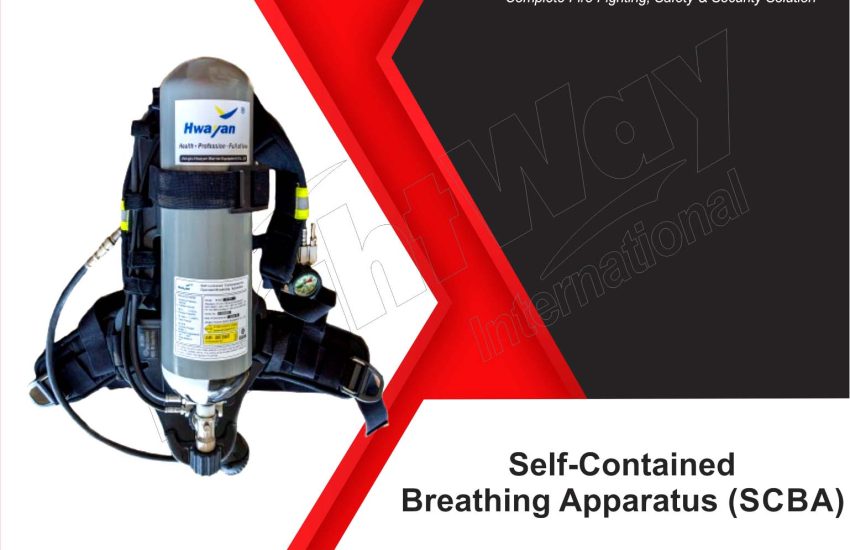Self-Contained Breathing Apparatus (SCBA) is an essential piece of safety equipment used in various hazardous environments. SCBAs are crucial for firefighters, industrial workers, and rescue personnel who may encounter toxic gases, smoke, or low-oxygen atmospheres. Understanding the components, applications, and maintenance of SCBA systems is vital for ensuring safety and compliance in the workplace.
What is Self-Contained Breathing Apparatus (SCBA) ?
Self-Contained Breathing Apparatus (SCBA) is a type of respiratory protective equipment that supplies breathable air in dangerous environments. An SCBA typically consists of:
- Air Tank: Stores compressed air, providing a clean air supply.
- Regulator: Controls the flow of air from the tank to the user.
- Face piece: Covers the mouth and nose, ensuring a tight seal.
- Harness System: Secures the SCBA to the user’s body for comfort and mobility.
Applications of Self-Contained Breathing Apparatus (SCBA):
SCBA is used in various industries and situations, including:
- Firefighting: Essential for firefighters entering smoke-filled or hazardous environments.
- Hazardous Material Handling: Used in industries dealing with chemicals and toxic substances.
- Rescue Operations: Provides a safe air supply for rescue workers in confined spaces.
- Mining Operations: Protects miners from harmful gases and low oxygen levels.
Key Features of SCBA:
When selecting an SCBA, consider the following features:
- Air Supply Duration: The length of time the SCBA can provide breathable air, typically ranging from 30 to 90 minutes.
- Comfort and Fit: Importance of a secure fit and comfort for extended use.
- Visibility: Clear face pieces and integrated communication systems for effective communication in emergencies.
- Durability: Resistance to impact, heat, and chemicals for long-lasting use.
Choosing the Right SCBA:
Selecting the appropriate SCBA depends on specific needs and applications. Consider the following factors:
- Type of Environment: Assess the hazardous conditions, such as chemicals, smoke, or confined spaces.
- Duration of Use: Choose an SCBA that matches the expected duration of the operation.
- User Training: Ensure that personnel receive training on the proper use and maintenance of SCBA equipment.
Maintenance and Care of SCBA:
Proper maintenance is crucial for the reliability and longevity of SCBA equipment. Follow these steps:
- Regular Inspections: Conduct daily checks for damage, leaks, and proper functioning.
- Air Quality Testing: Ensure the compressed air supply meets safety standards.
- Cleaning: Clean the face piece and harness regularly to prevent contamination.
- Annual Service: Schedule professional maintenance and testing annually to ensure compliance with safety regulations.
Conclusion:
Self-Contained Breathing Apparatus (SCBA) is a critical safety device for protecting personnel in hazardous environments. By understanding its components, applications, and maintenance, organizations can enhance workplace safety and ensure compliance with health regulations. Investing in high-quality SCBA equipment and proper training is essential for the safety of workers in potentially dangerous situations.


